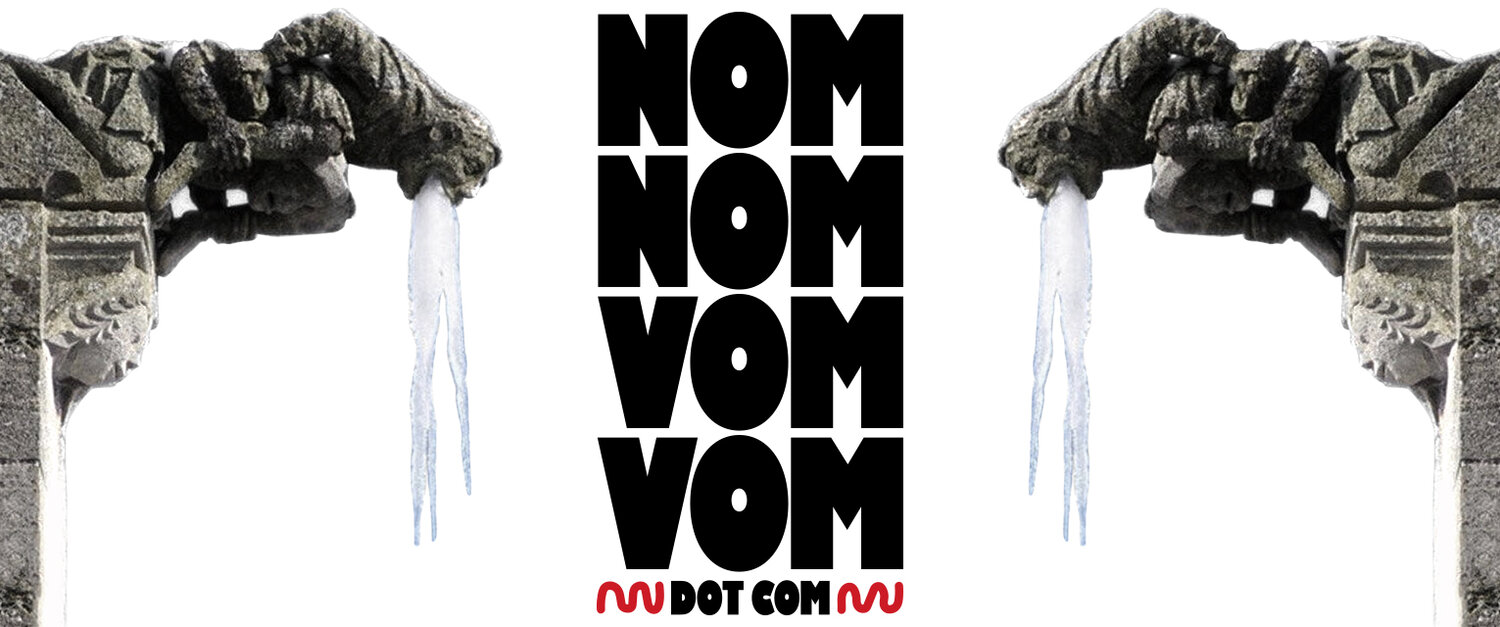On cooking sketchy food more
Should I be adjusting the cooking temperature of my food based on where I buy it?
This is a tricky one. First, let’s review a primary law of food science: higher temperatures kill bacteria faster. This means that you can reduce the bacteria load in your food by cooking it for longer and/or at a higher temperature.
If a raw hamburger happened to slip from my spatula onto the ground, I’d unhesitatingly scoop it up, brush it off, and throw that bad boy on the grill. The heat will nuke any bacteria.
But your question requires a more nuanced analysis. Let’s say you buy two physically identical steaks. One is from a steeply discounted butcher operating out of a leaky boxcar under the Manhattan bridge. The purveyor, a grizzled nine-year-old with a smoker’s cough, assures you repeatedly that it’s “cow.” The other steak is from Eataly or Blue Hill or whatever.
Should you cook the sketchy steak more to offset the gargantuan bacteria load that we can assume it carries? Conversely, can you gently sear the gourmet steak and enjoy its medium-rare perfection without fear?
Basically...it depends. Sorry, I know you wanted an easy answer.
There are a thousand opportunities across the supply chain for raw meat to be compromised. A drunk slaughterhouse employee nicks a cow intestine with his knife while he divides the carcass, thus splashing your steaks with literal shit. A leaky ceiling drips onto the conveyer at the assembly line where cuts are packaged. The refrigerated truck transporting your steaks isn’t quite cold enough. Any of these things would cause the bacteria count in a steak to spike long before it reached whatever meat trader you patronize.
My local butcher
It’s impossible to convert these intangible risks into any practical cooking instruction. But there is a correlation between food quality and reputable establishments. That’s one reason why the bougie steak at Le Artisanal Butcherie costs more than the slab at Todd’s Meat Shed. Cut-rate butchers are more likely to work with uncertified distributors and be less discerning about their meat. Upscale butchers are more likely to demand accountability from suppliers. These are probabilities, not guarantees.
Here’s what I recommend: when it comes to the top 1% of meat, you can comfortably flout standard food safety practices. When your farmer friend butchers a cow and hand-delivers the choicest cut to your door, rare is the way to go.
On the other hand, treat the bottom 99% of meat with a bit more caution. But just a bit. Don’t overcook your steak because you bought it under a bridge and the guy wrapped it in pages torn from a 1998 issue of Sports Illustrated—cook it like you’d cook the steak you bought from ALDI or Stop & Shop. It’s probably fine. Heat kills bacteria.
My only caveat is psychological. I mean, if you buy low-quality ingredients and try to compensate with cooking tricks, you won’t get sick. Even without the tricks. But is the delight of buying “99-cent lobster” worth the unrelenting suspicion that you actually just ate dozens of delicately-glued, dip-dyed cockroaches? Only you can decide.
+++++

